OPENING SONG: Hello Song*
OPENING FINGERPLAY: Open Them Shut Them*
BOOK: Whose Chick Are You? by TAFURI
I love Nancy Tafuri’s books; just right for toddlers.
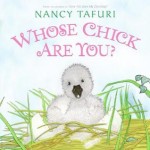
BOUNCE: I’m a Little Cuckoo Clock!
Rock babies gently back and forth on your lap as you say the verse. Then lift them up in the air for each “Cuckoo!” Lots of our baby storytime providers at my library do this one every week. Here’s my version.
Tick tock, tick tock
I’m a little cuckoo clock
Tick tock, tick tock
It’s one o’clock!
CUCKOO!
Tick tock, tick tock
I’m a little cuckoo clock
Tick tock, tick tock
It’s two o’clock!
CUCKOO! CUCKOO!
FLANNEL SONG: A Hunting We Will Go*
Today we used owl/towel, duck/truck, crow/snow, and hen/pen.
BOOK: Birds by HENKES
The bright & clear illustrations are very appealing. I didn’t read all the pages to the babies, though.
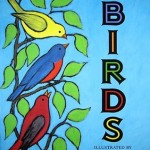
LITERACY TIP: Reading
Grownups, not all books you share have to be stories…when you look at the pictures in a non-fiction book, or read a contemplative book like Birds, your child is building background knowledge about the world. This will help them make sense out of what they read later on. Reading with your children will help them get ready to read!
FLANNEL SONG: Little Bird
Elizabeth Mitchell has a lovely version of this folksong on her album You Are My Little Bird. I just made these birds this weekend to go with this song; I’ll have the patterns to share in an upcoming Flannel Friday!
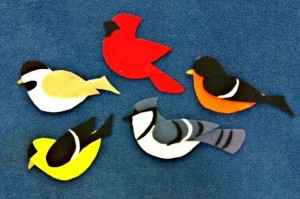
Little bird, little bird, fly through my window
Little bird, little bird, fly through my window
Little bird, little bird, fly through my window
Find molasses candy.
Through my window, my sugar lump,
Fly through my window, my sugar lump,
Find molasses candy.
FINGERPLAY: Two Little Blue Birds
I use Two Little Blackbirds all the time with my babies, but in putting together this storytime I was inspired by Tracey to use these different versions!
Two little birds sitting on a cloud
One named Soft and one named LOUD
Fly away, Soft! Fly away, LOUD!
Come back, Soft! Come back, LOUD!
Two little birds flying in the sky
One named Low and one named High
Fly away, Low! Fly away, High!
Come back, Low! Come back, High!
PROP PLAY: Scarves
I handed out scarves and we made them go low and high, and fast and slow.
ACTION RHYME: This is Big Big Big*
CLOSING SONG: Sneeze Game*
*Check out the My Baby Storytime page for the words and/or citations for these weekly activities!

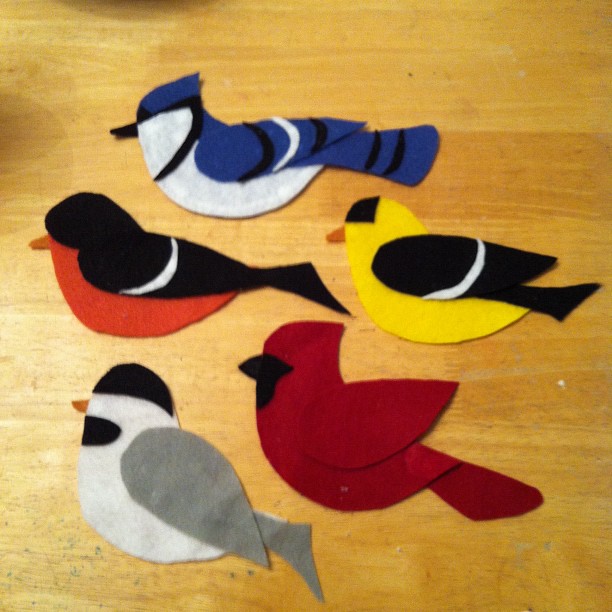
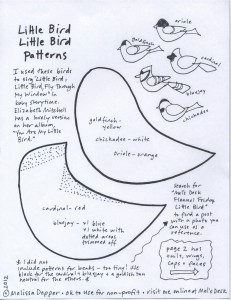
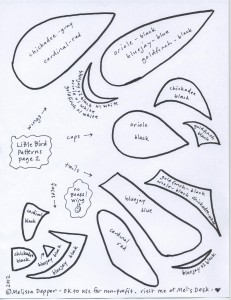
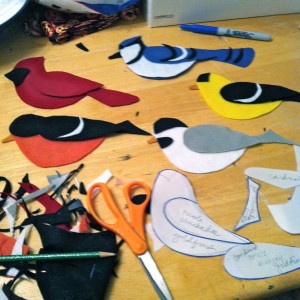




.jpg)
